Who I am
Rereading the final draft of what I have written, I think it is appropriate to spend a few lines to introduce myself. I am Antonino Rampulla, owner of the agri-campsite whose website hosts this blog, a graduate in philosophy, with a growing passion for archaeology, born from curiosity for the archaeological sites of which, in particular, south-eastern Sicily is rich. Certain of my substantial ignorance on the subject, I try to make up for it by studying in my free time. However, not infrequently, I happen to come across historical certainties, academically shared, that clash a bit with what logic seemed to suggest to me from the observation of some details of the archaeological sites visited. So, simply, I ask myself questions and, with the most scientific approach possible, I try to look for answers. The result is the pretext to search for information, study and publish in this blog what I thought I understood.
Ipse dixit
I have the impression that certain archaeology often finds itself uncritically repeating the
ipse dixit of the moment. For example, those who lived between Pantalica and Castelluccio di Noto a few thousand years ago,
would have lived in huts made of wood, reeds and straw, but would have frantically dug thousands of tombs in the limestone rock, with fundamentally prehistoric tools.
It has always seemed a bit strange to me that they lived in huts but dug cemeteries in the rock.
We know little or nothing about how and what the ancient Sicilian populations thought, given the scarcity of sources on the subject, but, assuming that they had problems similar to ours, for example the need to procure what was necessary to live with dignity, however important the cult of the dead may have been, it is as if today we built luxurious villas with swimming pools to bury the deceased and small chapels to live in, with the difference that to build both structures more or less the same engineering knowledge is needed.
The excavation of a cave in the limestone rock of the Iblei, compared to the construction of a hut, is clearly involving different difficulties, both technically and logistically. Today we build in masonry because it is relatively easy for us. With the means that, according to the academy, the ancient Sicilian populations had at their disposal, digging in the Iblean rock, must not have been at all simple (for example, in relation to the Mohs Scale, the hardness of the excavation tools and of the rock material, substantially coincided, which does not mean that it was not possible but only that it was very tiring). Furthermore, some of the thousands of caves of the
necropolises of Pantalica, Cavagrande del Cassibile or Noto Antica are in such inaccessible and difficult to reach places that it is not fully understood why they would complicate their lives even further.
From a logical point of view, it could be a bit problematic to attribute the paternity of those
necropolises to the Castelluccio Culture, that is, the hegemonic civilization in pre-Hellenic eastern Sicily. However, if the archaeological evidence tells us with certainty that they lived in huts, is it possible to hypothesize that they lived in what they easily managed to build, but used pre-existing structures as tombs? In other words, either we have unclear ideas about the Castelluccio Culture, or could those
necropolises have been the expression of a previous culture that had evidently more effective technical means, plausibly built for a different purpose, then reused by the Castellucciani for burial purposes?
Moreover, the idea that any hole dug into the rock or any monument whose function is not exactly known was made for funerary purposes, even when there does not seem to be such overwhelming evidence to prove it, seems to me to be a preconception that all academic consciences agree on, but scientifically weak.
This does not mean that among thousands of environments dug into the rock, some were not properly designed as a tomb, perhaps for a leader or a prominent personality: but
five thousand tombs , for those who lived in huts, perhaps even dug a little at a time, in periods very distant from each other, don't they still seem a bit excessive?
Furthermore, considering the possibility that those artificial caves were found already dug, why didn't they use them for purposes other than just making tombs?
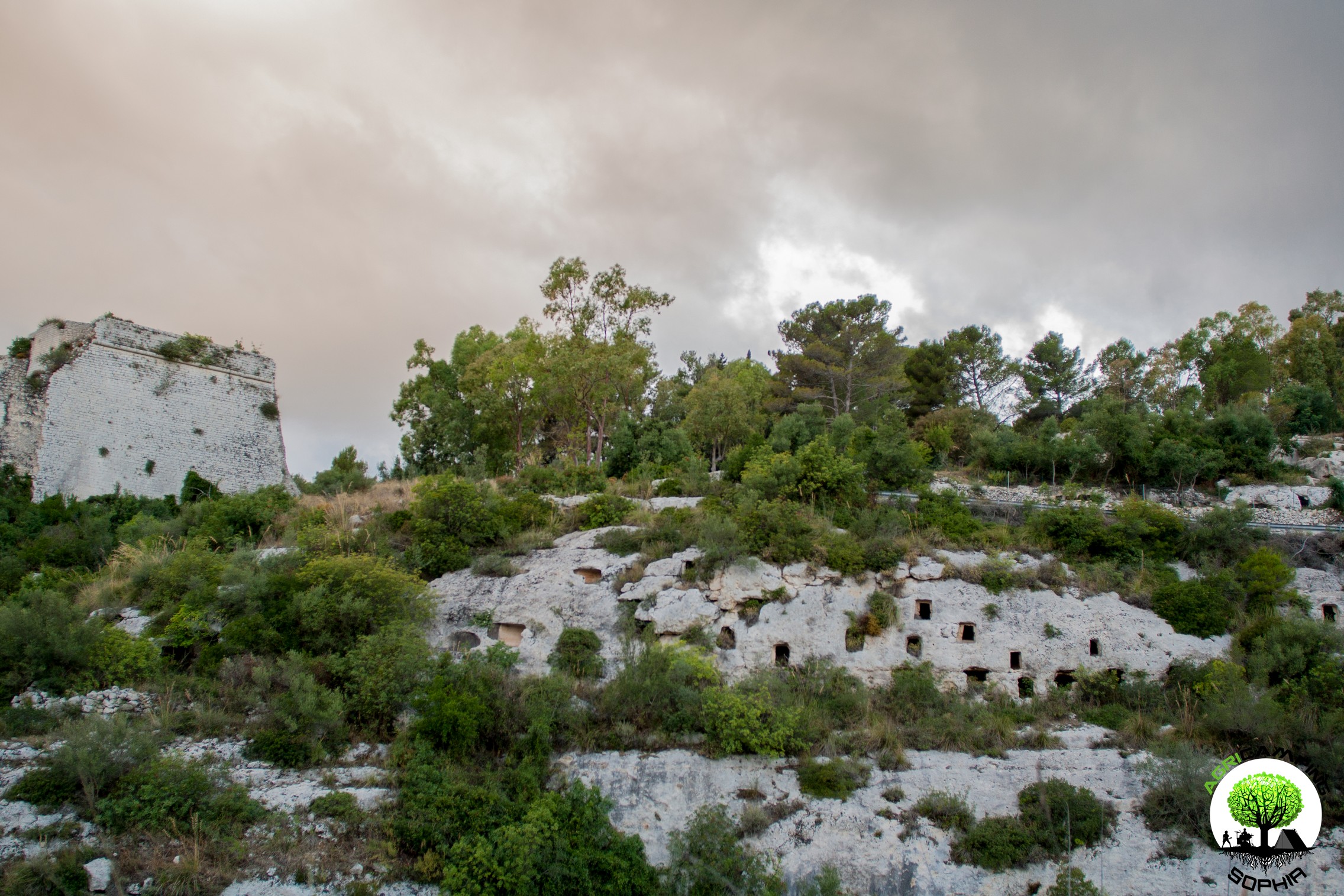 Multiple cultures that succeeded one another in the same place
Multiple cultures that succeeded one another in the same place
I am convinced that the hermeneutic key to delving into the archaeology of south-eastern Sicily consists in always taking into account the potential overlapping, in the same site, of different cultures that succeeded one another over time which, finding themselves with pre-existing structures or simple construction elements, may have reused them for their own purposes.
For example, the Greek Megara Iblea probably insists on a previous Sicilian city; in Noto Antica, Sicilian/Castelluccian, Greek, Roman, Arab, Byzantine, Norman and Aragonese structures coexist; the cathedral of Syracuse was first a Greek temple, then a church, then a mosque, then a church again, assuming from time to time typical architectural elements; Villa Romana del Tellaro was discovered under an eighteenth-century baglio and has a probable Greek base, just as the eighteenth-century baglio of San Lorenzo Vecchio was built on an evident Greek structure and also contains Byzantine elements.
In other words, historical certainties degrade as we move back in time: we can certainly clearly distinguish the Roman elements from the Greek ones but it is enough to observe sites such as Castelluccio di Noto or Noto Antica (in particular the extra-urban
castellucciano site) to realize the skill with which the Castellucciani worked the rock and ask whether the blocks of a given construction were all extracted by the Greeks.
Greek stairs and cart ruts
I read that in North Syracuse, in the Targia district, there is a Greek staircase that would lead to the north gate of the ancient
polis Syracuse, called with a name of Homeric memory, Porta Scea: this is a typical
cart ruts which, by indisputable
ipse dixit, would have been traced by the
rolling of Greek chariots, equipped with central holes caused by the
trampling of the hooves of pack animals…
And since 200 meters to the east, towards the sea, there are other
cart ruts (which have nothing to envy to those of the most famous Maltese site nicknamed
Clapham Junction), there are
latomie (i.e. stone quarries, from the Greek
las, stone, and
tomíai, cut) and the
Dionysian Walls, then those grooves can only be the result of the
passage of Greek carts that transported the blocks from the quarries to build the walls. Case closed?
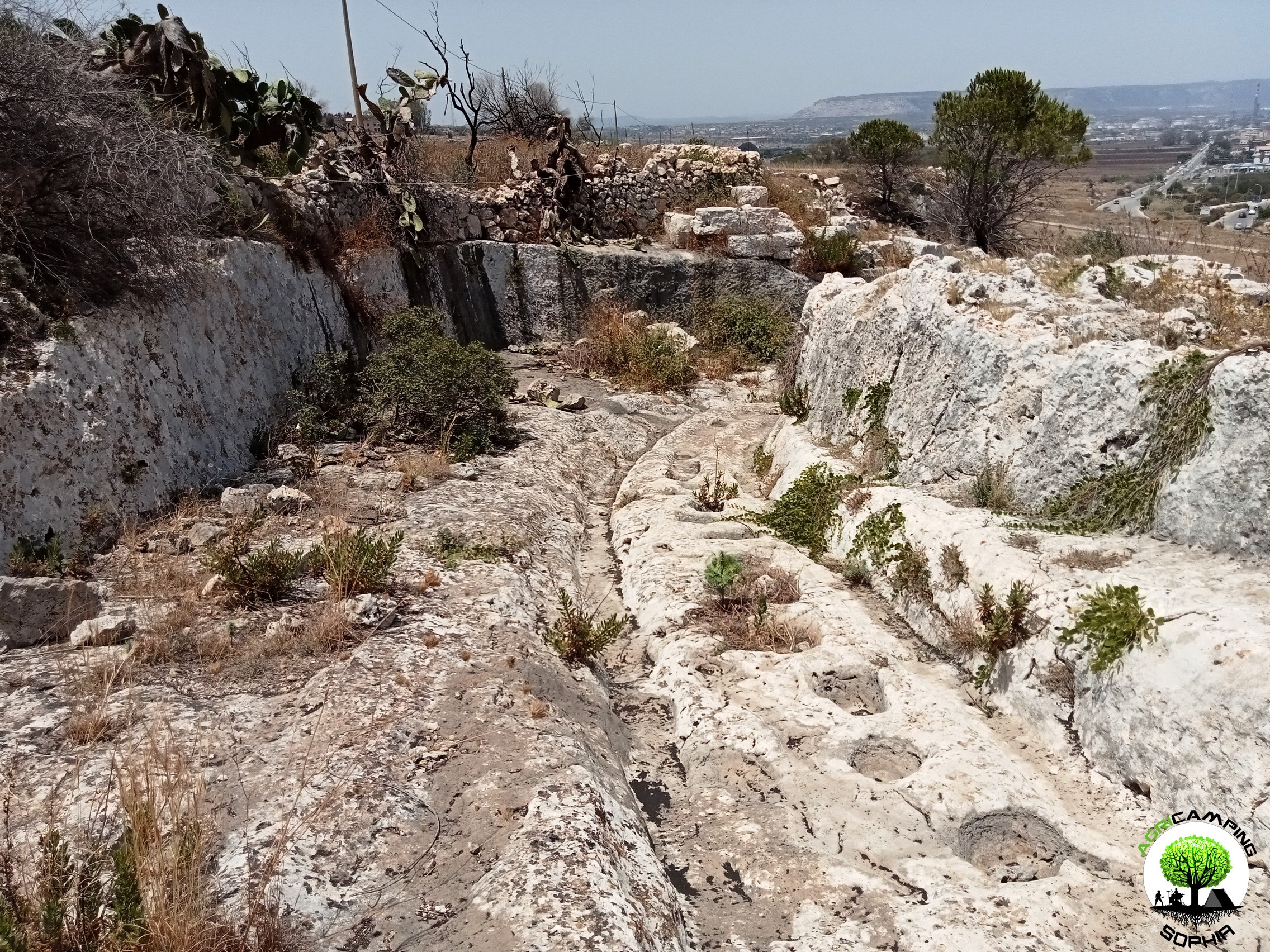 Latomie and extracted blocks
Latomie and extracted blocks
In the 8th century BC, the first Greek colonists began to arrive in Sicily, who, after having "agreed" with the native populations, began to build the first Siceliote
polis such as Syracuse, Naxos, Zancle, Katane or Megara Iblea. They then extracted large quantities of blocks of rock, mostly calcarenite and sandstone, near the construction sites in order to optimize the energy needed for transportation. They proceeded by tracing the perimeter of the block to be extracted and, with a mallet and chisel, dug a 10-12 centimeter wide groove around it, in which they would wedge dry wooden beams that they would wet with water to cause the swelling that would finally detach the block from the base.
The
latomie in the area of the Vendicari Reserve, that is between the Pizzuta and San Lorenzo districts, have an easy reference in the archaeological sites of Cittadella Maccari and Eloro. The sandstone blocks that form the northern walls of Eloro, the first sub-colony of Syracuse, examined at random, have measurements of 45-65 centimeters for the short side, 115-135 centimeters for the long side and 35-45 centimeters for the height.
In the nearby Pizzuta district, from the evaluation of some of the shapes of the extracted blocks and of some blocks only partially extracted, in the numerous quarries present, measurements between 50-80 centimeters for the short side, 130-180 centimeters for the long side and 50 centimeters for the height are obtained. Also considering the thickness of the extraction grooves (i.e. 10-12 centimetres) and the possible rough-hewing to lighten the weight (in order to facilitate transport), these must have been blocks with dimensions consistent with those that today constitute the northern walls of Eloro.
Further south, near Cittadella Maccari I found the presence of latomies that present some traces of extraction measuring 40-45 centimetres for the short side, 100-110 centimetres for the long side, 30 centimetres for the height; others 70-80 centimetres for the short side, 140-150 centimetres for the long side and 30-40 centimetres for the height. In Cittadella Maccari I found the presence of smaller blocks, used especially for paving, measuring 30 centimetres for the short side, 50 centimetres for the long side, 20 centimetres for the height; and larger blocks with measurements of 40-50 centimetres for the short side, 100 for the long side, 30 centimetres for the height. Even in this case, these are blocks consistent with the extraction profiles of the closest quarries.
It seems clear that the Siceliots had a very practical mentality, aimed at optimisation, at rationalising work: if they had to raise walls in Eloro, they would not have gone to quarry blocks in Marzamemi... And probably, if they had found ethyl material ready for use, they would certainly have used it.
The Siceliot block
In Megara Iblea the average measurements of the blocks used (always measured, obviously, at random) range from 55-80 centimetres for the short side, to 130-150 centimetres for the long side, to 25-40 centimetres for the height. In the Targia district of Syracuse, the extraction profiles measure on average 70 centimetres for the short side, 140 centimetres for the long side and 40 centimetres for the height.
With a good approximation, we can therefore consider the average measurements of the blocks extracted by the
Sicelioti to be 60 centimetres for the short side, 130 for the long side and 30 centimetres for the height. In the Vendicari area, the prevalent quarries are sandstone; in Targia and in other more internal quarries, towards the Iblei, they are mainly calcarenite. Therefore, the average weight of each extracted block is between 500 and 600 kilograms.
 Transport
Transport
Once the blocks were extracted from the quarries, they then had to be transported to the construction sites for which they were intended, therefore using winches operated by human or animal power, they were normally moved onto the loading platform of carts or sleds. The physical principle of the winches was similar to that of modern cranes: equipped with more or less complex systems of pulleys, they divided the force needed to lift the blocks. They were certainly able to lift 500-600 kilograms easily. Considering the position of some quarries in the Pizzuta district, dug into the roughness of the cliff, as well as in Marzamemi which, among other things, are now under a meter and a half of water, I strongly doubt that those blocks could have been made to slide there, as suggested in academic circles,
on wooden planks, like a
lift, to reach the cart that would transport them to the construction site. In any case, they had to get to this construction site somehow and, unless the transport was by sea (a system that would have only “shortened” the problem of transport by land), the operation had to more or less consist of lifting the block extracted from the quarry with a winch, placing it on a movement system capable of moving easily on the jagged bank of the cliff and, in the vicinity of the cart already positioned on the ordinary route to the construction site, placing it, realistically with a second winch, on the loading surface of the cart.
Vitruvius recounts in
De Architectura that these works were regularly carried out by qualified workers, organised in real construction companies of the time (called
officine) specialised in the construction of works of a certain calibre (such as temples and walls).
Click here to read the SECOND PART


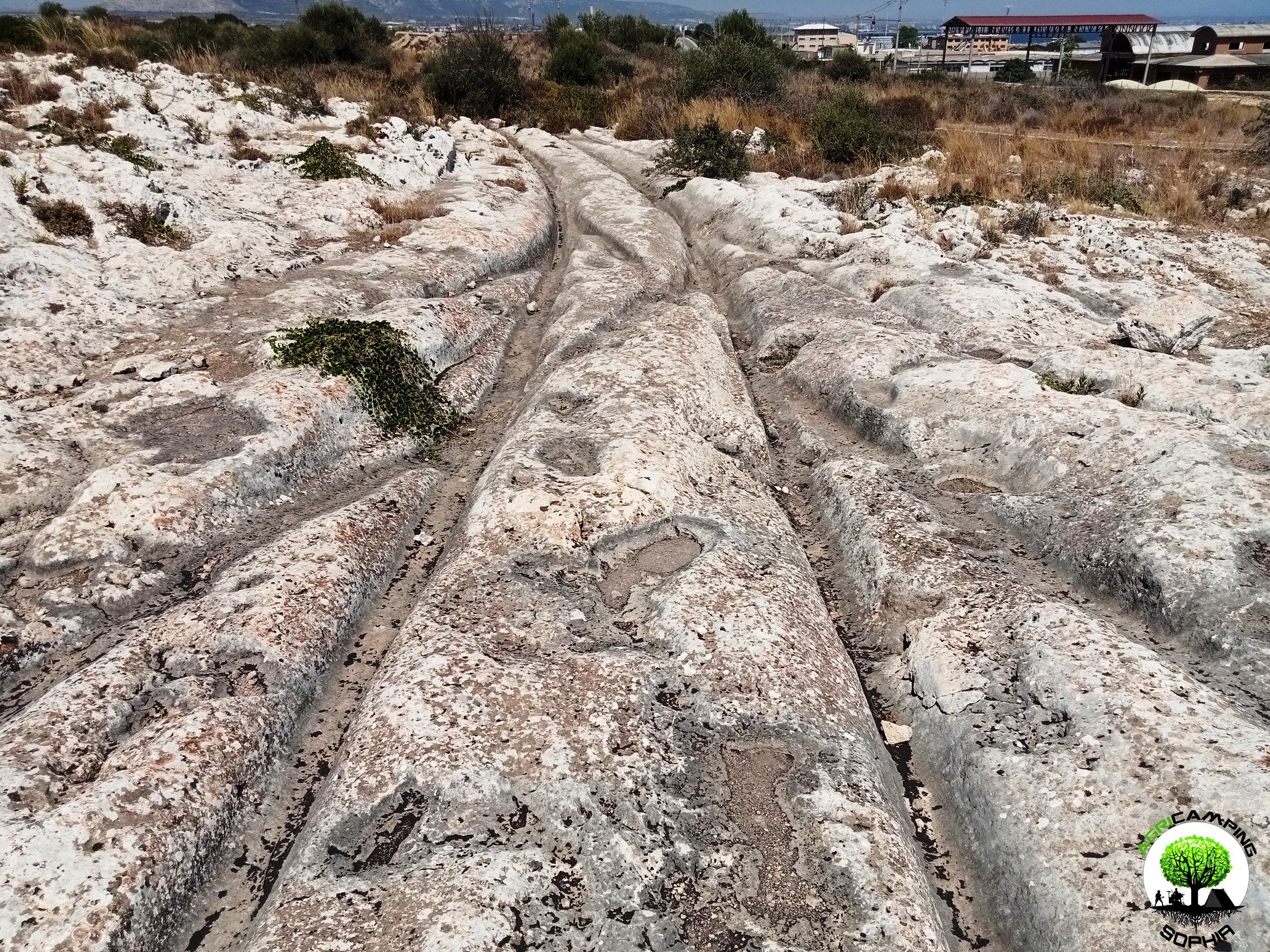



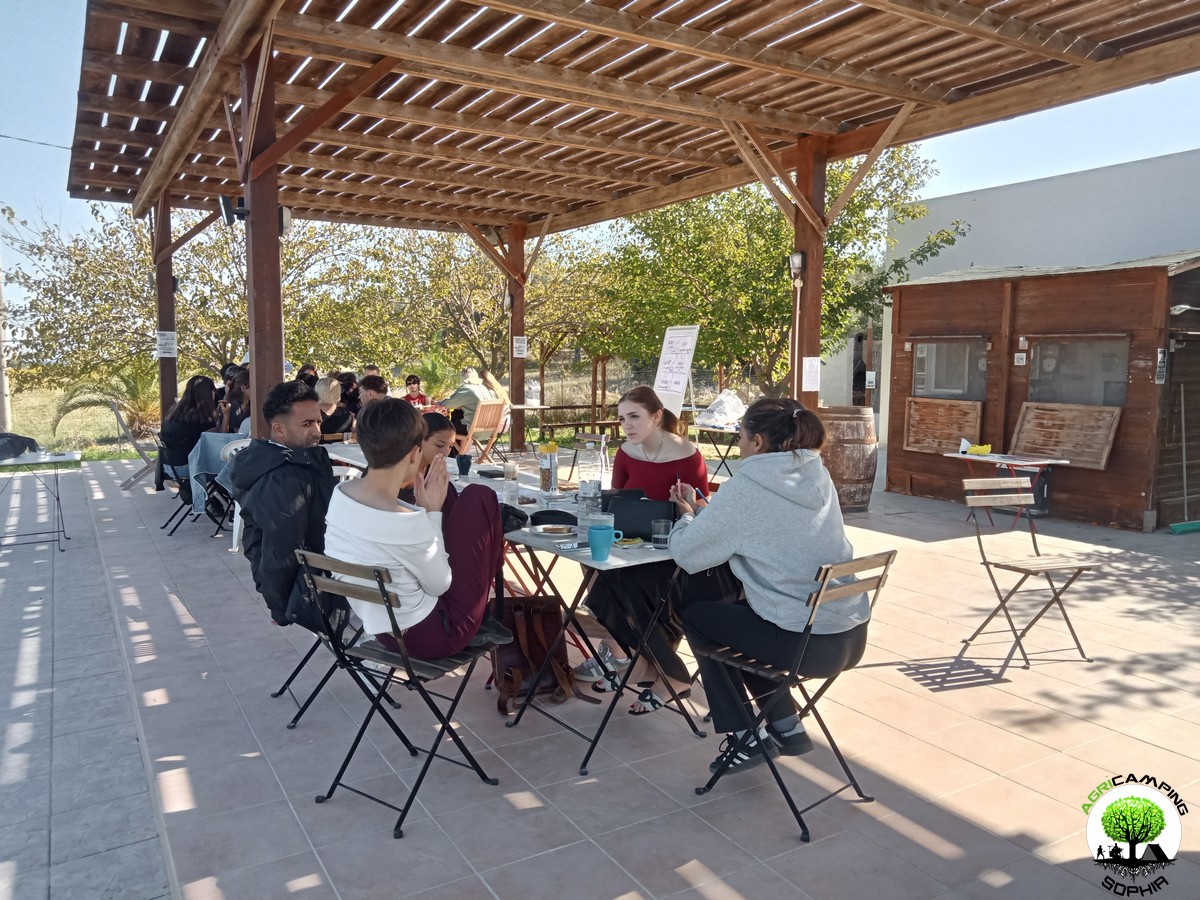 DO YOU WANT TO ORGANIZE AN ERASMUS AT AGRICAMPING SOPHIA?
DO YOU WANT TO ORGANIZE AN ERASMUS AT AGRICAMPING SOPHIA?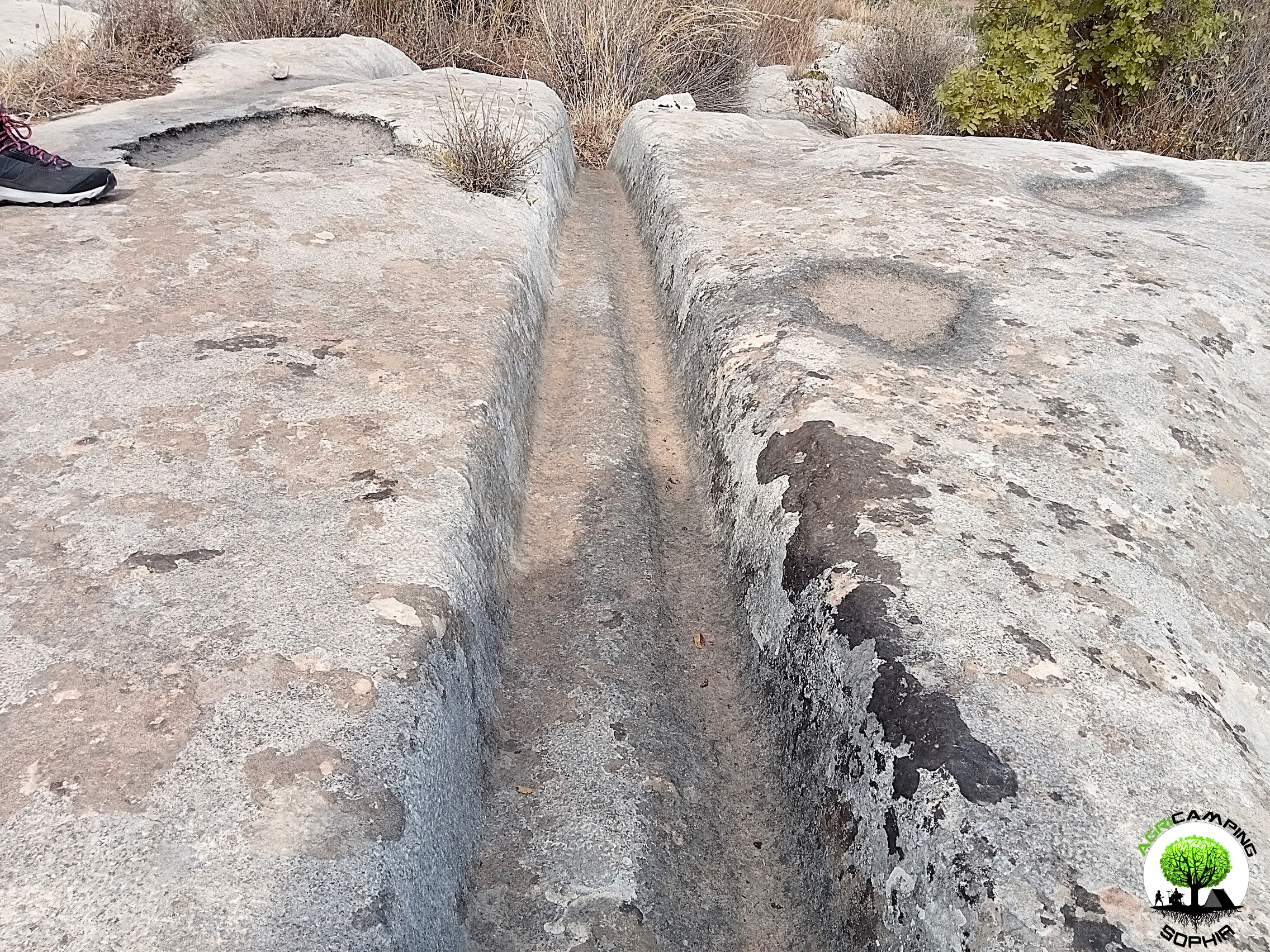 CART RUTS MODELED ON SOFT ROCK?
CART RUTS MODELED ON SOFT ROCK? RACK OR HOUSING FOR CLOGS?
RACK OR HOUSING FOR CLOGS? CART RUTS CUT FROM QUARRIES
CART RUTS CUT FROM QUARRIES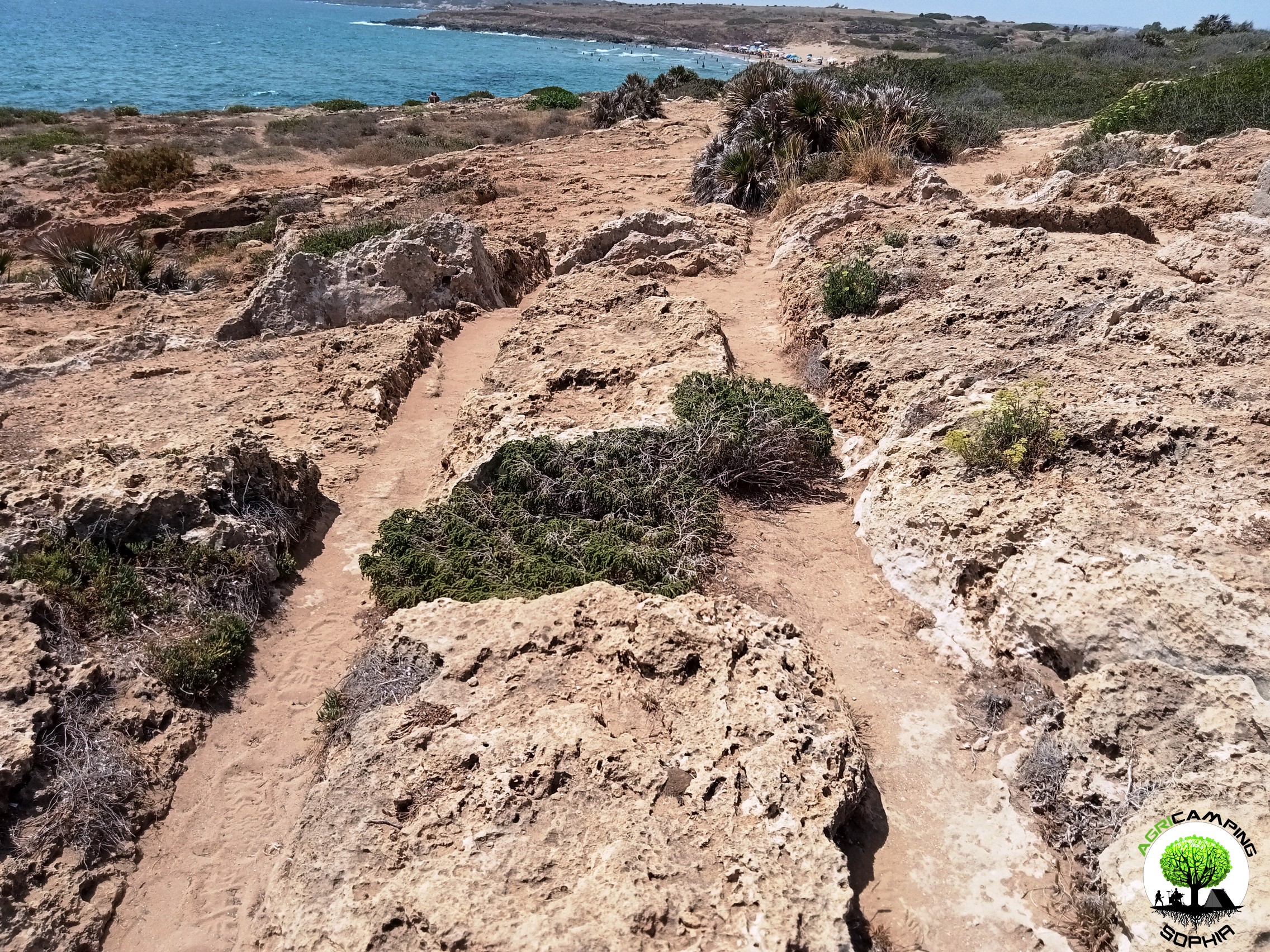 CART RUTS AND A FEW TOO MANY PROJECTIONS
CART RUTS AND A FEW TOO MANY PROJECTIONS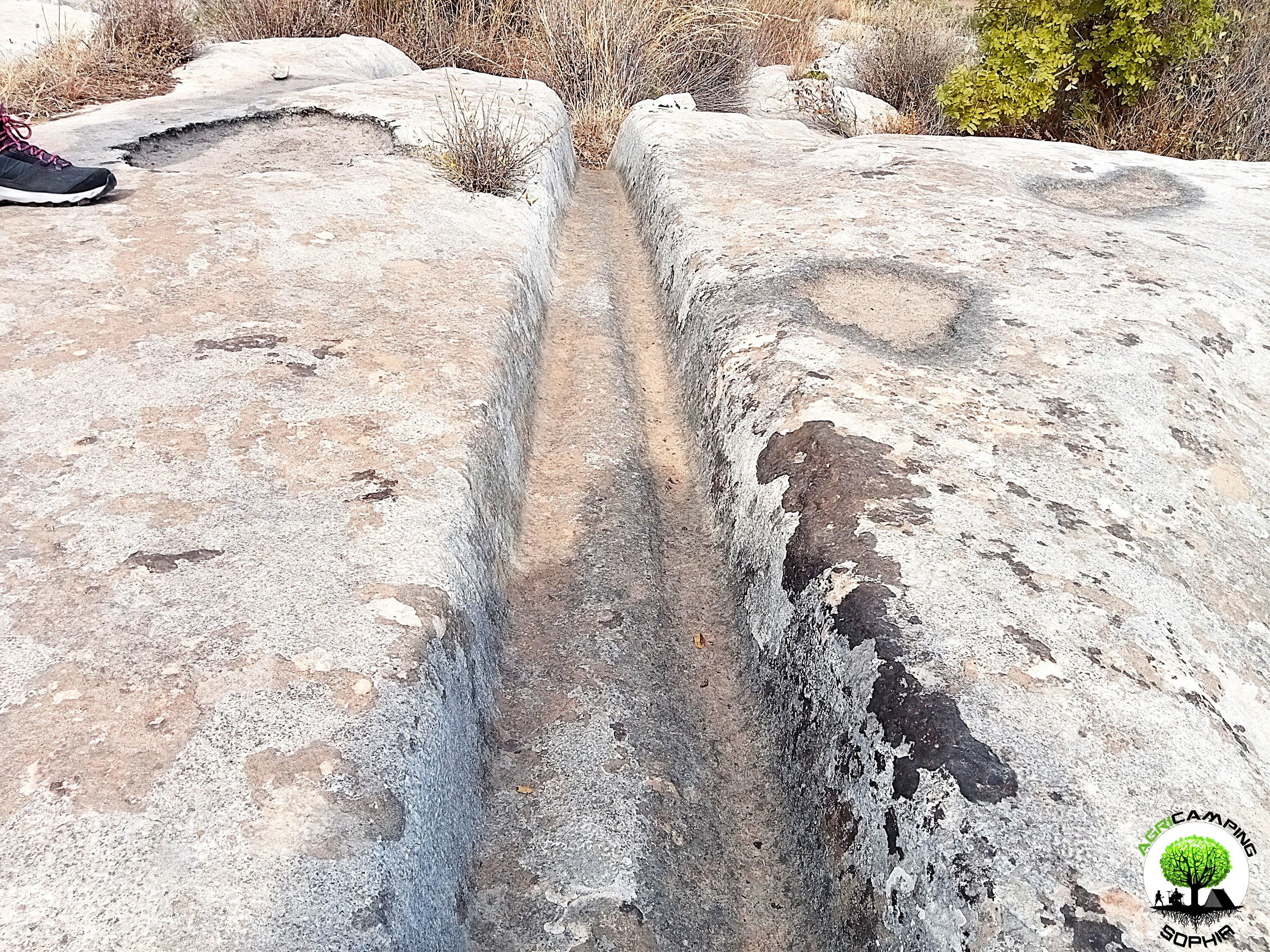 THE POLISHING OF THE CART RUTS
THE POLISHING OF THE CART RUTS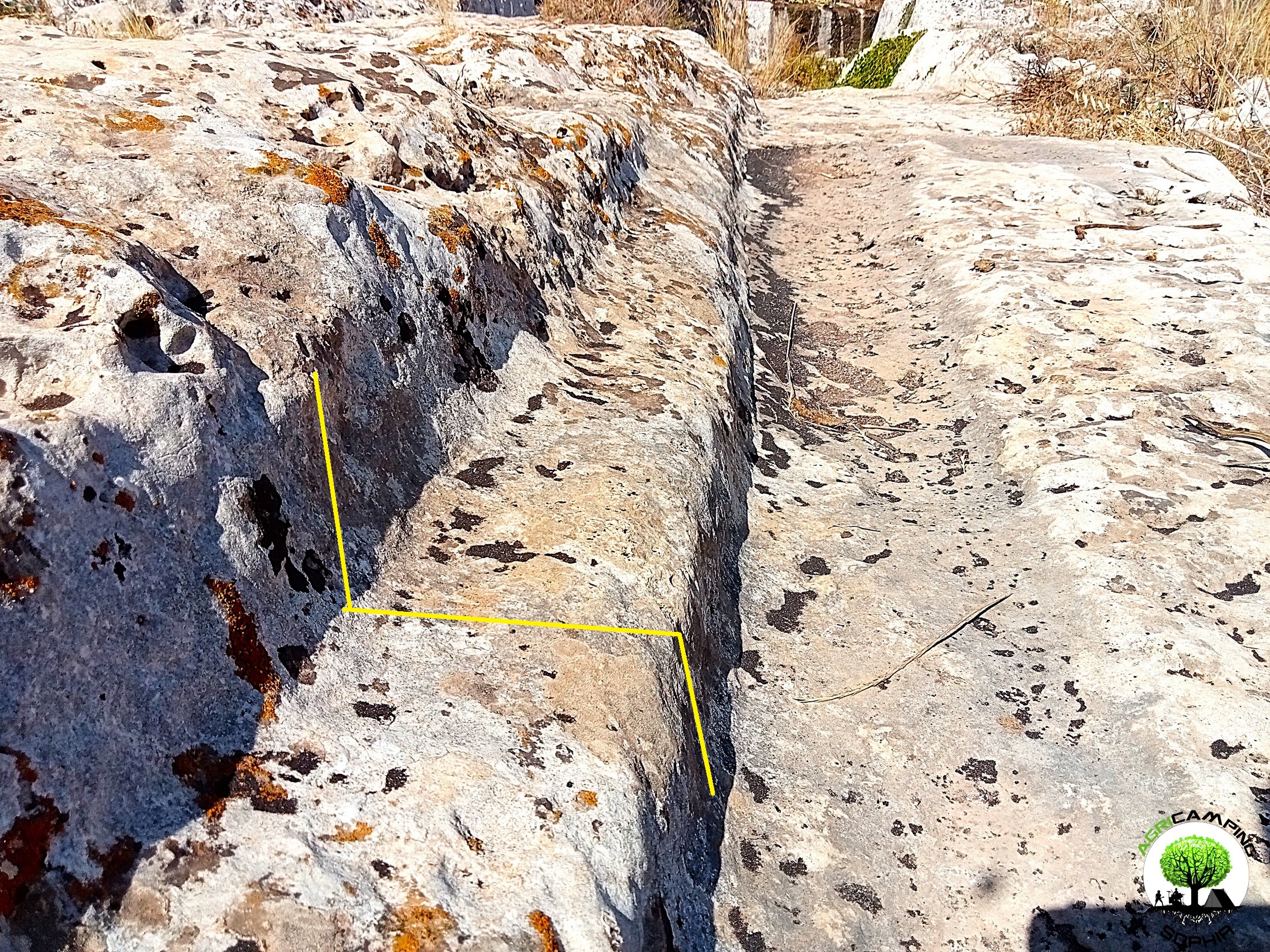 THE PROBLEMATIC EDGES OF THE CART RUTS
THE PROBLEMATIC EDGES OF THE CART RUTS THE PROBLEM OF CART RUTS IN SOUTH-EASTERN SICILY (PART FOUR)
THE PROBLEM OF CART RUTS IN SOUTH-EASTERN SICILY (PART FOUR)